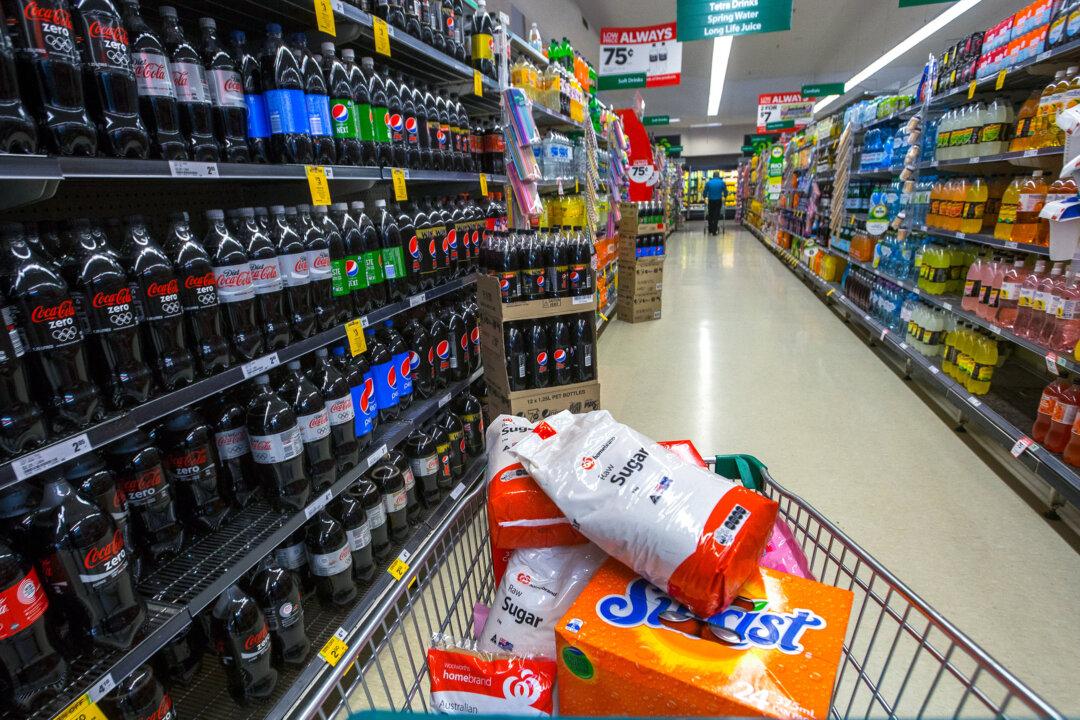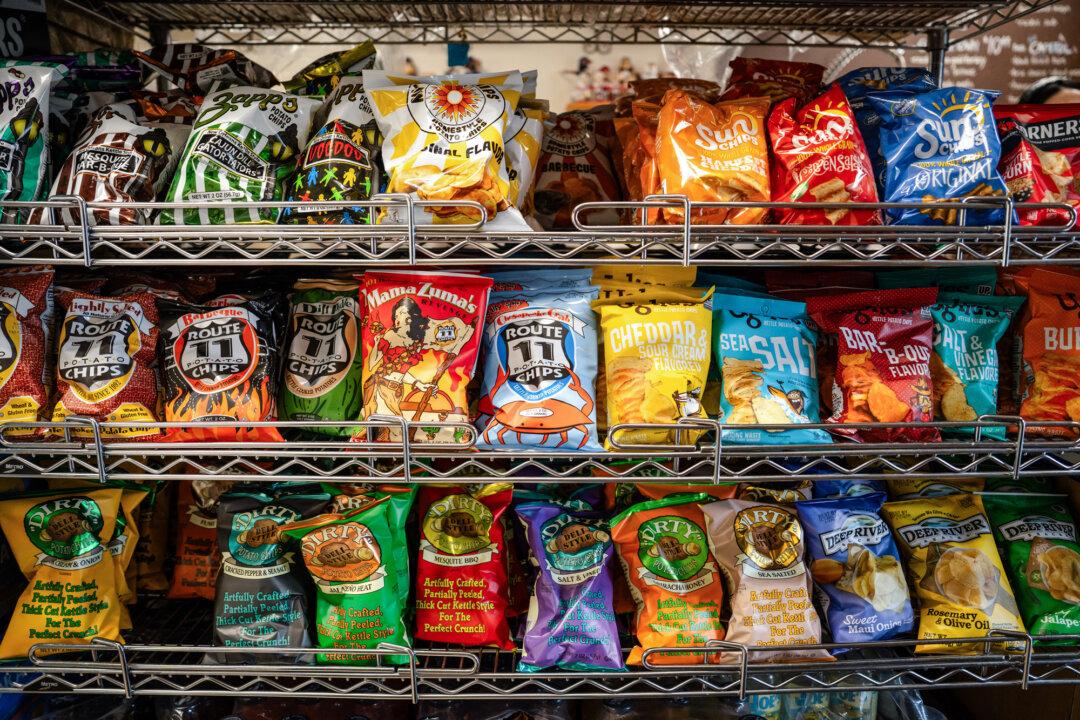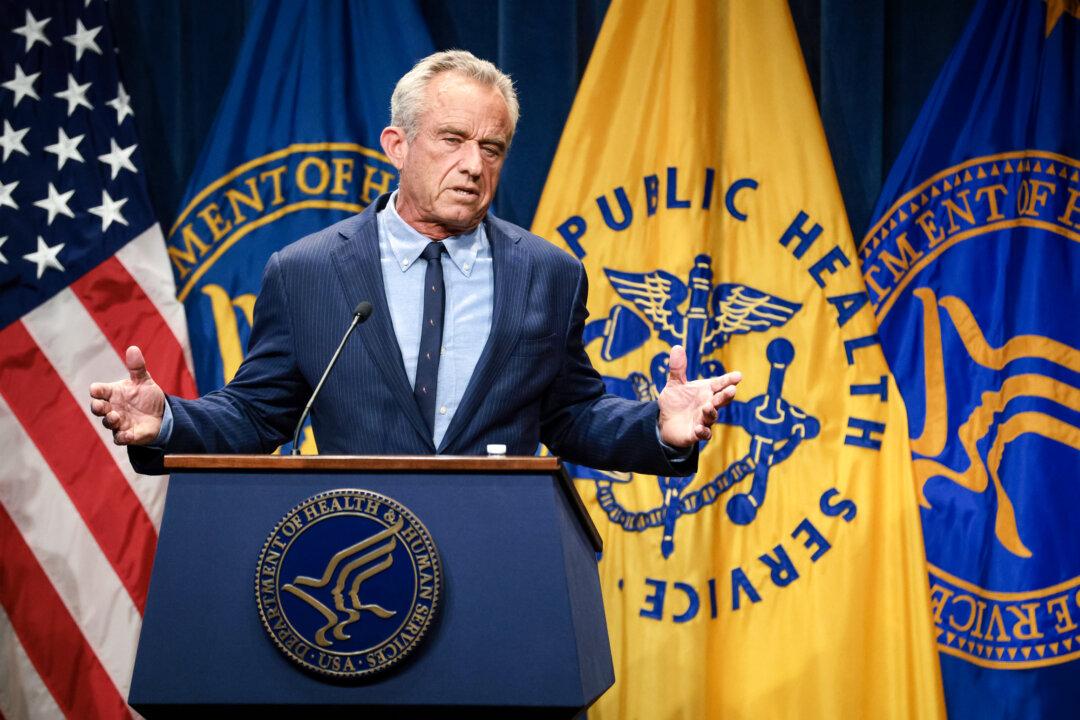Commentary
Scientists at the University of Texas–Dallas recently discovered that a common food additive can make flesh translucent—literally. They found that applying a solution of the food coloring yellow 5 (tartrazine) to the skin of live mice allowed them to see right through the skin and into the tissues beneath. This discovery could offer a simple and inexpensive alternative to conventional imaging technologies such as ultrasound.





